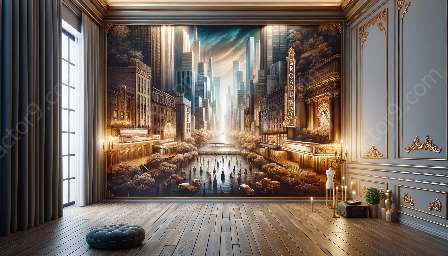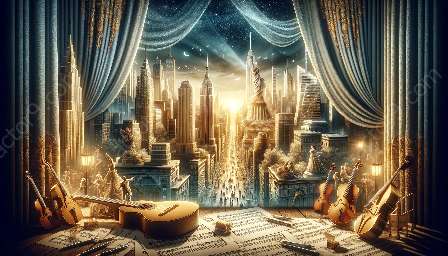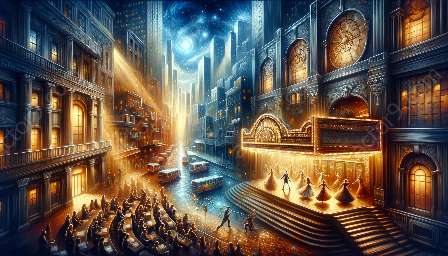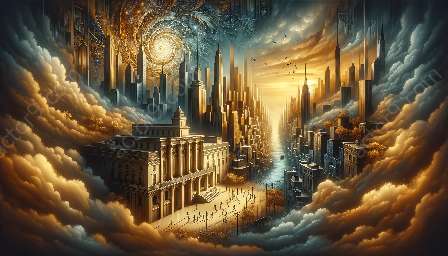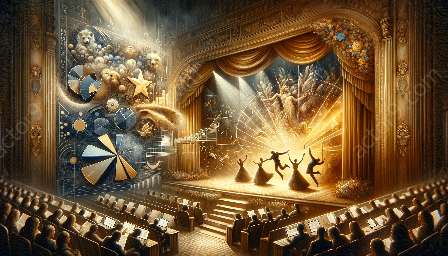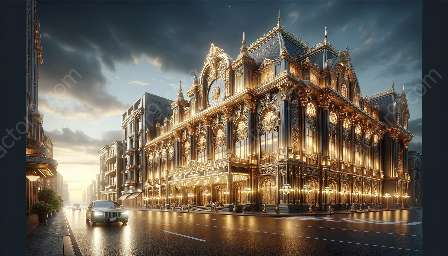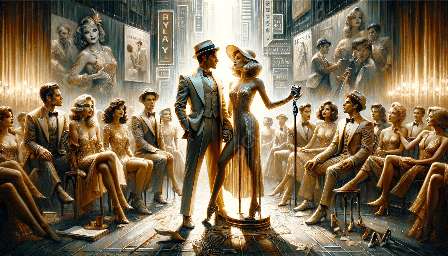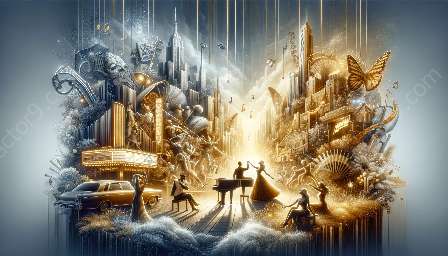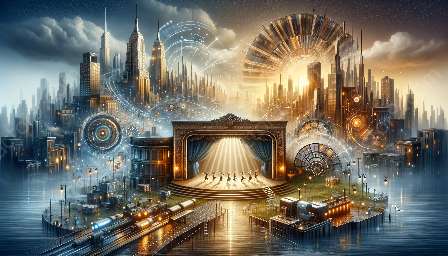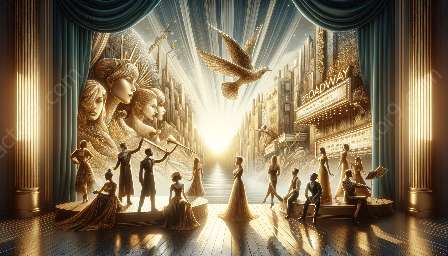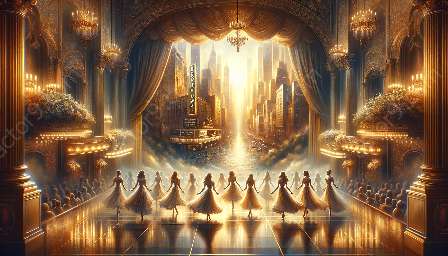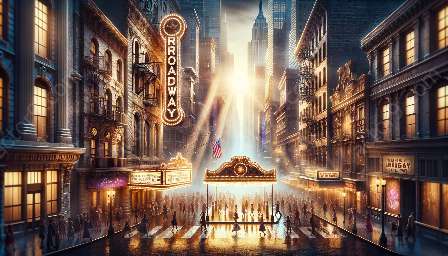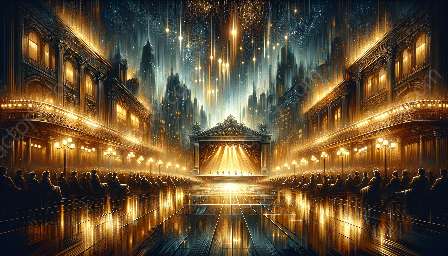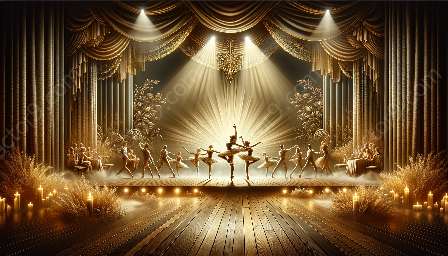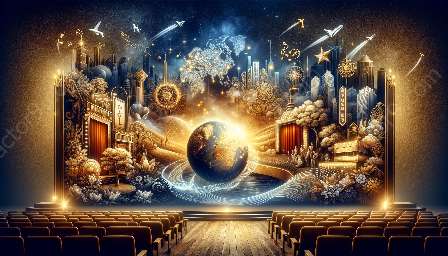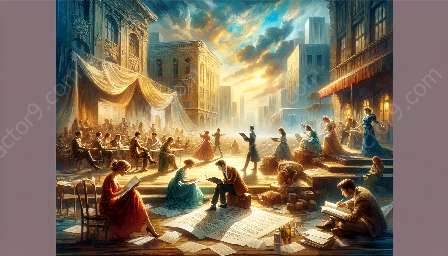Technology has significantly impacted musical theater, revolutionizing various aspects of the art form while enhancing the experience for audiences and performers alike. The integration of technology in musical theater has reshaped the production process, influenced storytelling, and introduced innovative ways of engaging with the audience.
The Evolution of Musical Theater Genres
Technology has had a profound impact on the evolution of musical theater genres. Traditional genres like opera, vaudeville, and operetta have been dynamically transformed with technological advancements. The incorporation of modern sound amplification, stage lighting, and multimedia effects has allowed the emergence of contemporary genres such as rock musicals, jukebox musicals, and immersive theater experiences.
Enhanced Production Techniques
Advancements in production techniques have revolutionized how musical theater productions are realized. The utilization of state-of-the-art lighting, sound systems, and video projections has enabled stage designers and directors to create visually stunning and immersive productions. With the introduction of automated set designs, holographic displays, and advanced special effects, productions have been able to push the boundaries of creativity and realism.
Innovative Storytelling
Technology has opened new possibilities for storytelling in musical theater. The integration of digital media, including projection mapping and interactive screens, has allowed for the seamless blending of live performance with digital elements, offering unique storytelling techniques and enhancing narrative depth. Additionally, the use of motion-capture technology has facilitated the creation of awe-inspiring visual effects, complementing the storytelling process and adding a new dimension to character portrayals.
Interactive Audience Experience
Technological advancements have transformed the audience experience in musical theater. From real-time audience participation through mobile apps to virtual reality experiences, technology has enabled theaters to engage audiences in interactive and immersive ways. Social media integration, live streaming, and interactive lobby displays have enhanced pre-show and post-show engagement, fostering a deeper connection between audiences and the theatrical experience.
Impact of Technology on Broadway and Musical Theater
On Broadway and in musical theaters worldwide, technology has become an integral part of the creative process and performance experience. The adoption of digital ticketing systems, online marketing platforms, and virtual reality promotion has streamlined the business side of theater production, while also expanding the reach of musical theater to global audiences.
Accessibility and Inclusivity
Technology has played a key role in promoting accessibility and inclusivity in musical theater. Closed captioning systems, audio description services, and assistive listening devices have made performances more accessible to individuals with hearing or visual impairments. Furthermore, the availability of online streaming platforms and on-demand services has allowed audiences from diverse backgrounds and geographical locations to access and appreciate musical theater productions.
Virtual Rehearsals and Training
With the advent of virtual rehearsal tools and online training platforms, technology has provided opportunities for performers, choreographers, and directors to collaborate and train remotely. Virtual reality simulations and motion-capture technology have facilitated innovative rehearsal methods, enabling performers to explore spatial dynamics, stage movement, and choreography in immersive virtual environments.
Technological Innovations in Live Performances
Live performances have been enhanced through technological innovations, including wearable technology for performers, augmented reality experiences for audiences, and real-time audio manipulation. The integration of live video feeds, interactive lighting control, and remote stage management systems has contributed to the creation of dynamic and captivating musical theater experiences, blurring the boundaries between traditional stage performances and cutting-edge technology.
Conclusion
Technology continues to shape the landscape of musical theater, influencing the art form in profound ways. From redefining traditional genres to expanding the possibilities of production and storytelling, technology has enriched the world of musical theater, offering new opportunities for creativity, accessibility, and interactive engagement. As technology continues to evolve, the future of musical theater holds exciting possibilities for further integration and innovation, ensuring that the magic of live performance remains at the forefront of the digital age.

